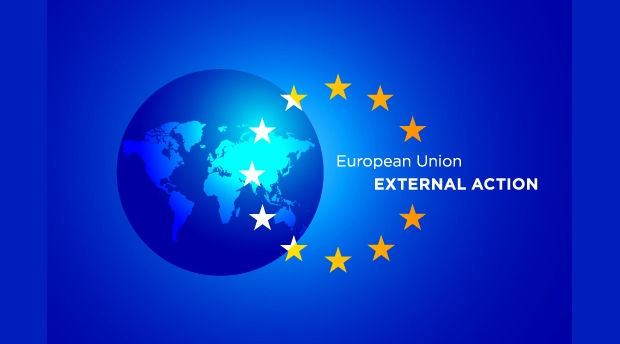Ethical choices among millennials: cultural differences between the United States and Mexico
- csbprojectitaly
- Sep 5, 2019
- 3 min read
Updated: May 5, 2020
A summary of a reserch by Raul Franchi Universidad Anahuac Mexico and Luis Felipe Llanos
Universidad Anahuac Mexico. Thinking ethically is a critical societal concern and cross-cultural differences present important implications for organizations and their managers, seeking to enhance their leadership effectiveness.
Managers pay increasing attention to cross-cultural differences and environments, especially in multinational companies. Awareness of the ethical dimension of business has also captured an increasing attention among managers, academia and government . Ethical decision-making is a basic human process of which we understand very little, although its importance is fundamental for the wellbeing of our societies . Ethical judgements are fundamental to understand moral decisions in business and may be understood as «an individual’s personal evaluation of the degree to which some behavior or course of action is ethical or unethical»
In a variety of ways, academic studies have explored the general ethical frameworks that we employ as a foundation for our decisions. Research has focused on whether a particular person employs a relatively constant ethical framework, or chooses different frameworks according to the situation . Deontological and teleological approaches have been considered as the two dominant areas of moral philosophy during the last century . When evaluating ethical judgements, it has been generally accepted that deontological approaches like the golden rule are morally superior.
During this period, 42 articles reported that deontological approaches had a stronger relationship with moral decisions than teleological and relativistic approaches. Edward Wright, Jon E. Marvel and Kathleen DesMarteau investigated the ethical frameworks utilized by university students in the United States. Their intention was to build upon the previous works of Harris and Galbraith and Stephenson . Harris went beyond measuring the ethical methods and values employed in moral judgements and found differences among male and female individuals.
Following the work of Harris, Galbraith and Stephenson highlighted the fact that more research is needed in order to identify the rules beneath the moral qualification of an action. This is the line of thought followed by Wright et al. , who measured the consistency of rule choice among millennials when making ethical judgements in different circumstances. Much remains to be understood about millennials as a key demographic group and «research is especially sparse with regard to its moral views and the decision-making frameworks used for ethical decisions» .
Ethical choices among, Page 3 the Ethics Resource Center between 2003 and 2009, older employees showed improved moral criteria and decisions. «Simply put, younger workers were more likely to observe misconduct than older employees» . However, examining research between 2004 and 2011, Craft found that age differences does not produce consistent results. Some researchers reported that age, as well as experience, influence ethical decisions, while others found that there are no substantial age related discrepancies.
Beyond age related differences, another research line that will be replicated from Wright et al. consists on testing weather there are differences in ethical judgment by gender and religious related habits. found that that most frequently studied category was gender, as it had been previously reported by Ford and Richardson . Galbraith and Stephenson reported that male and female individuals employ approximately the same moral rules.
They concluded that there were differences in moral judgements, but they were only relevant in one third of the employed scenarios. According to Harris the differences among male and female mature business professionals regarding moral value rules are similar to those found among males. The main goal is to test the robustness of their research results outside of their original context, by recreating their methods as faithfully as possible. Millennials represent 30% of the world´s population and more than 25% in the United States, according to the US Census Bureau .
Institute reported that in 2010, 25% of the population were millennials.

.jpg)






Comments